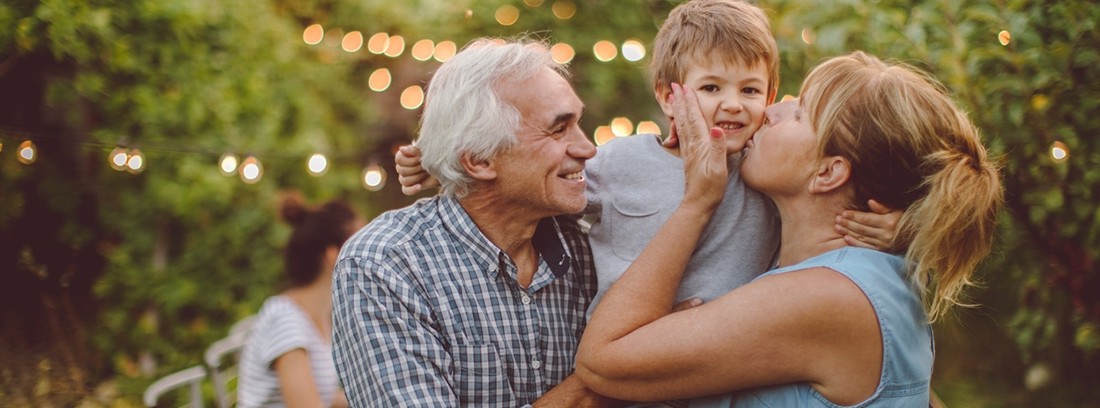Are the highest prevalence of the different forms of abuse?
 | In recent years there has been an increase in cases of physical and psychological violence towards older people with a high degree of dependency
| In recent years there has been an increase in cases of physical and psychological violence towards older people with a high degree of dependency
Of the social groups defined by age and gender that suffer different forms of abuse and violence, it is the elderly that has received the least attention to date from health and care professionals, administrators, educators, judges, legislators, police, etc. In spite of everything, it is possible that this group has a higher prevalence of different forms of abuse.
For all this, along with the expectation that these situations may increase (aging of the population and its dependence, decrease in formal and informal care, etc.), local and international efforts have been increased for their detection and prevention, as well as to give them an adequate answer.
Today these cases are considered a serious social problem, with cultural and psychological roots. It does not matter the economic or educational level of the person who exercises it or suffers it.
Since the investigation of this kind of abuse began, some concepts have changed:
- Not all aggressors are people with pathological problems, they can be people with the rest of their behaviors that are not very deviant from the norm.
- The belief of blaming only the elderly person for their situation of abuse and / or abandonment is already rejected.
- Until now, it was very difficult for most people to understand that these events could occur in one's own family. They associated it only with residential institutions.
According to the Spanish Society of Geriatrics and Gerontology, it is in the home where abuse situations are suspected most frequently and it is very difficult to know the real dimension of the problem due to the secrecy that surrounds it.
The prevalence of victims of abuse is higher among the dependent elderly (1.5%) than in the general population (0.8%), according to a report by the Reina Sofía Center. In addition, it reveals that 75% of caregivers who incur abuse are women. Approximately one in every 100 elderly people was a victim of domestic abuse in Spain in 2005; This means, on a national scale, about 60,000 elderly mistreated each year. This percentage of abuse quadruples among those with severe dependency (who require help at least five hours a day).
The highest figures correspond to the elderly attended by social services (35%) and hospitalized (8.5%). In the recent study on the prevalence of suspected abuse of the elderly, they obtained high prevalences, 11.9%, but it is suspicion without confirmation of abuse.
In recent years, there has been an increase in cases of physical and psychological violence towards the weakest groups, including the population over 65, a very important sector in today's society and which will increase in the coming years.
This climate of insecurity affects our quality of life and violates the fundamental rights of people, so society must put the necessary means in order to avoid these abuses.
Governments have strengthened official and informal support and security systems to eliminate discrimination and violence against older people.
(Updated at Apr 14 / 2024)